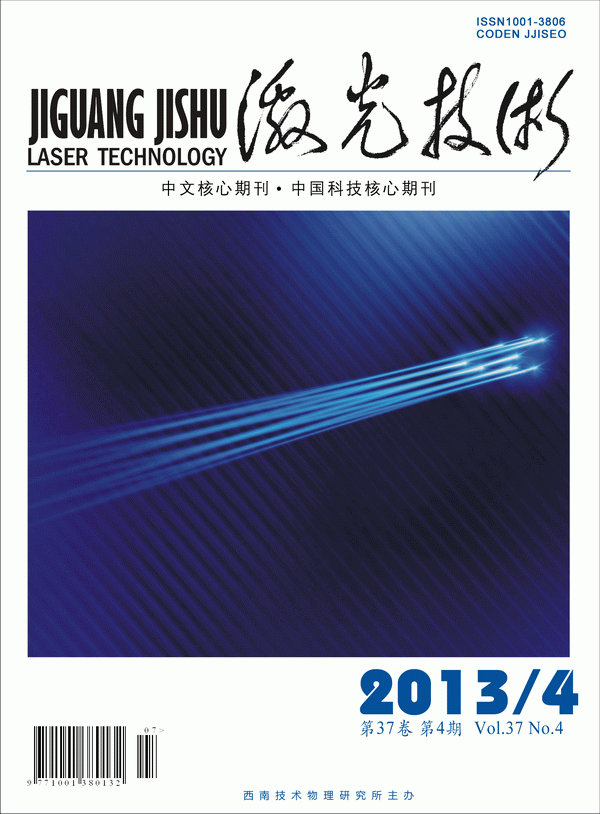Study on ablation of Ni film by ultrashort laser pulse-train
-
Received Date:
2012-08-21
Accepted Date:
2012-10-29
-
Abstract
Micromaching by ultrashort laser pulse-train can effectively improve femtosecond laser ablation of metal, which are important both theoretically and practically in micro/nano-laser fabrication applications. In order to study the effect of separation of pulse on the accuracy of laser ablation, the phenomena and process of laser ablation with different separation of pulse train were studied in detail by combining the molecular dynamic simulation and two-temperature model, the electron and lattice temperatures of the layers next to dynamic film surfaces and the snapshots of nickel thin films irradiated by the femtosecond laser pulse trains were obtained. The result is that,within a certain range, as the increase of the separation of pulse, femtosecond pulse train laser ablation of Ni films can apparently cause more flat ablation plane, slower initial melting speed, smaller and more uniform nanoparticles, smaller ablation ratio,which can effectively improve femtosecond laser ablation of metal.
-

-
References
|
[1]
|
GONG J X, ZHAO X M, XING Q R, et al. Femtosecond laser-induced cell fusion[J]. Applied Physics Letters,2008,92(9):093901. |
|
[2]
|
NAKATA Y, OKADA T, MAEDA M. Micromachining of a thin film by laser ablation using femtosecond laser with masks[J]. Optics and Lasers in Engineering, 2004, V42(4): 389-393. |
|
[3]
|
JIANG L, TSAI H L. Repeatable nanostructures in dielectrics by femtosecond laser pulse trains[J]. Applied Physics Letters, 2005, 87(15): 151104. |
|
[4]
|
VURTH L, STEPHAN O, VITRANT G. Two-photon induced fabrication of gold microstructures in polystyrene sulfonate thin films using a ruthenium(Ⅱ) dye as photoinitiator[J]. Applied Physics Letters, 2008, 92(17): 171103. |
|
[5]
|
IVANOV D S, ZHIGILEI L V. Combined atomistic-continuum modeling of short-pulse laser melting and disintegration of metal films[J]. Physical Review,2003,B68(6): 064114. |
|
[6]
|
SCHOENLEIN R W, LIN W Z, ESLEY G L. Femtosecond studies of nonequilibrium electronic processes in metals[J]. Physical Review Letters,1987, 58(16): 1680-1683. |
|
[7]
|
HOHLFELD J, WELLERSHOFF S S, GUDDE J, et al. Electron and lattice dynamics following optical excitation of metals[J]. Chemical Physics, 2000, 251(1/3): 237-258. |
|
[8]
|
ANISIMOV S I, KAPELIOVICH B L, PERELMAN T L. Electron emission from metal sufaces exposed to ultrashort laser pulses[J]. Soviet Physics, 1974, 39(13):375-377. |
-
-
Proportional views

-

 Map
Map



 DownLoad:
DownLoad: